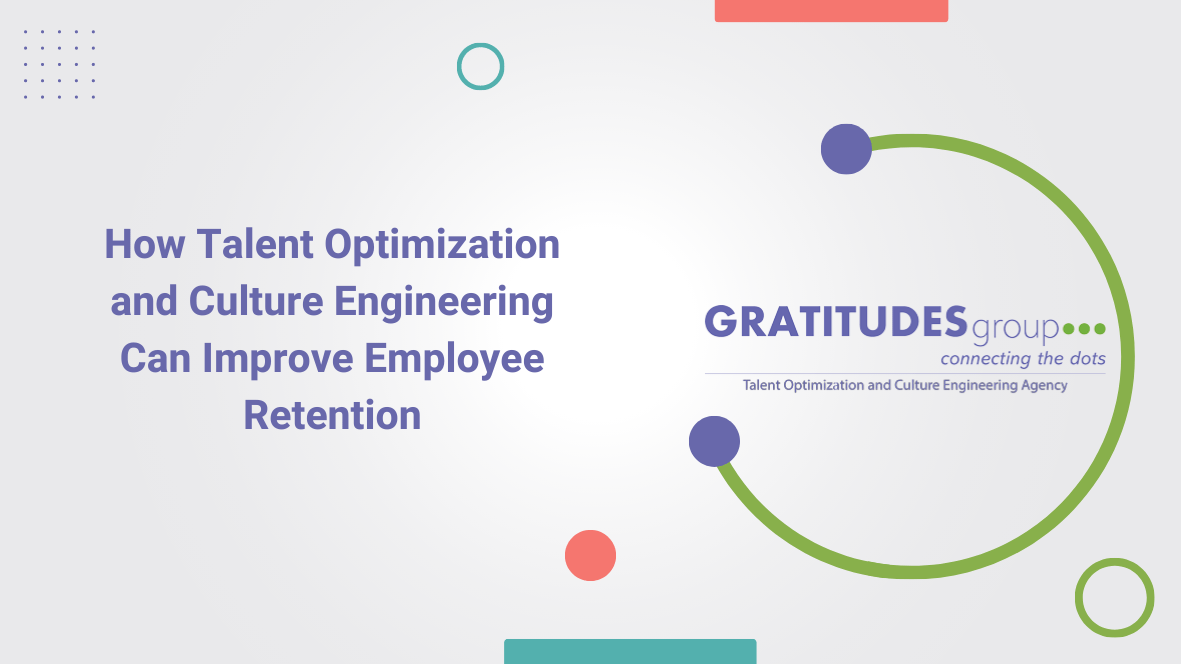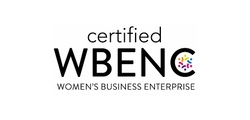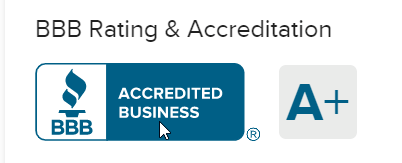What is talent optimization?
Talent optimization is a strategy companies can implement to make sure they have the best people working for them. Talent optimization can help companies keep good employees by making sure the culture of the workplace is positive and everyone feels valued. Employee retention increases when workers are motivated and happy with their jobs.
What is culture engineering?
Culture engineering is a critical part of talent optimization. It focuses on creating an environment in which employees feel valued, appreciated, and supported. This kind of culture helps develop loyalty among employees and encourages them to stay with the company over the long term. At its core, culture engineering centers on shaping organizational values, beliefs, and behaviors that foster a positive work environment.
Why is employee retention important?
Employee retention is an important factor for any successful business. Companies invest time and money into recruiting and developing their talent pool, and when employees leave due to dissatisfaction or being poached by competitors, those investments are wasted. Retaining talented employees is essential for organizations to remain competitive in today’s market.
High turnover rates can be costly for companies, in terms of both time and money. Employee recruitment and training can take weeks or even months, and the cost of having to start over with a new employee every few months adds up quickly. Moreover, high turnover can have an impact on productivity and morale. When employees feel unvalued or under-appreciated, it can be difficult for them to stay engaged and motivated.
Fortunately, companies can take proactive steps to reduce turnover rates and create a positive work environment that will encourage employees to stay. Talent optimization and culture engineering are two powerful tools that businesses of all sizes can use to foster loyalty among their team members.
How does talent optimization contribute to employee retention?
Talent optimization strategies like finding the best people for jobs, helping them fit in at work, offering opportunities for growth and planning out their career paths can make employees happy and help them stay with a company. Recruiting the right people, training them well, and giving them opportunities to grow can make sure everyone is content and wants to stay in their job.
What role does culture engineering play in employee retention?
A strong company culture is essential to successful employee retention. This starts with a clearly defined set of values that are communicated throughout the organization and form the basis of its operations. Companies should also prioritize core principles such as respect, trust, and transparency. These aspects will create an environment where employees feel valued, appreciated, and motivated to stay.
Culture engineering begins with understanding what your employees need and want from their work experience. By assessing the current state of a company’s culture, leaders can identify any areas that need improvement in order to create an environment that is conducive to employee engagement and retention. Once such areas are pinpointed, it’s important to determine which strategies will be most effective in addressing them.
What are some practical strategies for talent optimization?
Talent optimization is all about finding the right fit for an open position. To do this, companies should use structured interview processes and performance assessments to evaluate potential candidates on their skills, experience, and work ethic. This will ensure that only the most qualified individuals are hired for the job.
Another important step in talent optimization is providing employees with the resources they need to thrive in their roles. This includes offering access to comprehensive training and development programs, giving them opportunities to take on additional responsibilities, and providing performance feedback. Companies should also regularly review their employee needs and ensure that everyone is working toward common goals.
It’s equally important for companies to prioritize team building activities. These can include anything from team-building workshops to monthly social events. These activities foster a sense of camaraderie and allow employees to get to know one another better, ultimately leading to stronger relationships and more productive teams.
How can culture engineering be implemented effectively?
The core purpose of talent optimization and culture engineering is to create a work environment that prioritizes employee retention. Organizations must understand the value of their people and focus on creating an engaging culture that encourages strong performance, loyalty, and dedication. This can be achieved by implementing strategies that include promoting transparency, fostering collaboration, and encouraging a growth mindset.
Transparency allows employees to feel appreciated and valued, as they are made aware of the organization’s goals and objectives, and have access to relevant information. Companies can foster collaboration by creating an environment that encourages team-building activities or providing a platform for employees to share ideas and feedback. Companies should strive to promote a growth mindset through mentoring programs, regular feedback sessions, and offering career development opportunities.
In addition to internal strategies, companies can also leverage external methods such as providing competitive salaries and benefits packages. These are key components to retaining talent since employees seek out organizations that will provide them with financial stability and job satisfaction. Moreover, organizations should focus on creating a workplace culture that is enjoyable by recognizing the achievements of their employees and providing them with perks such as flexible work hours and other team-building activities.
Here are a few examples of successful culture engineering initiatives in companies:
- Google is renowned for its employee-centric culture, which includes offering benefits such as free childcare, meals, and unique perks such as a six-month paid sabbatical after five years of service.
- Microsoft has developed an inclusive workplace with on-site gyms, health centers, and other amenities that promote overall well-being.
- Amazon’s focus on customer experience extends to the way they treat their employees – from generous wages to providing career development opportunities such as AWS Certifications and a Tuition Assistance Program for further education expenses.
- Salesforce offers competitive pay packages along with regular team gatherings, flexible work schedules, and “hackathons” where employees can come together to innovate solutions faster than before.
- Apple encourages collaboration between teams by creating comfortable workspaces in each office around the world that foster creativity through different design elements including colorful furniture options or modern lighting fixtures.
What are some obstacles to implementation of talent optimization and culture engineering?
The initial cost of implementation is one obstacle organizations may face when adopting talent optimization and culture engineering practices. In order to develop a strong culture, companies must invest in training and development programs for employees which can be costly. They may need to provide additional benefits to employees such as flexible scheduling or additional paid time off in order to create a positive work environment.
Although the upfront cost of implementation may be intimidating, the long-term benefits that can come from talent optimization and culture engineering practices far outweigh any initial investment.
A key strategy for overcoming the initial cost of talent optimization and culture engineering is to prioritize investments that will yield the greatest return. Organizations should focus on initiatives that have been proven to be successful with other companies, such as investing in employee development programs or creating a rewards system for employees who show exceptional performance.
Organizations can look into ways to increase employee engagement, such as offering flexible work hours or job-sharing opportunities. These initiatives are beneficial in the long run because they not only help keep talented employees motivated and loyal, but also contribute to a positive work environment that increases productivity and reduces turnover rate.
How is success measured?
Measuring key metrics is important because it can help you understand how well your company is doing. Examples of key metrics are employee turnover rates, engagement surveys, and productivity levels. Knowing these things helps a business figure out what works and what doesn’t so that its leaders can make the best decisions for your company and keep employees happy.
Companies should focus on evaluating their efforts by measuring changes in employee engagement, job satisfaction, productivity levels, turnover rates, and other key metrics that are indicative of success. Surveys can be used to gain insights into how employees feel about their work environment. By tracking these metrics over time, companies will have a better understanding of which strategies are working well and which need improvement. With this data-driven approach to talent optimization and culture engineering initiatives, businesses can make informed decisions that help them retain top talent while creating an enjoyable workplace for all employees.
Talent optimization and culture engineering are powerful tools that can help companies to retain top talent while creating a positive work environment for all employees. By investing in employee development programs, providing benefits such as flexible scheduling or additional paid time off, and tracking key metrics like engagement surveys and productivity levels, businesses can make informed decisions that will keep their team motivated and loyal. With the right strategies in place, organizations can create an enjoyable workplace where everyone feels supported—and ultimately drive better results for your business. To learn more about how talent optimization and culture engineering can benefit your business, contact us today.








